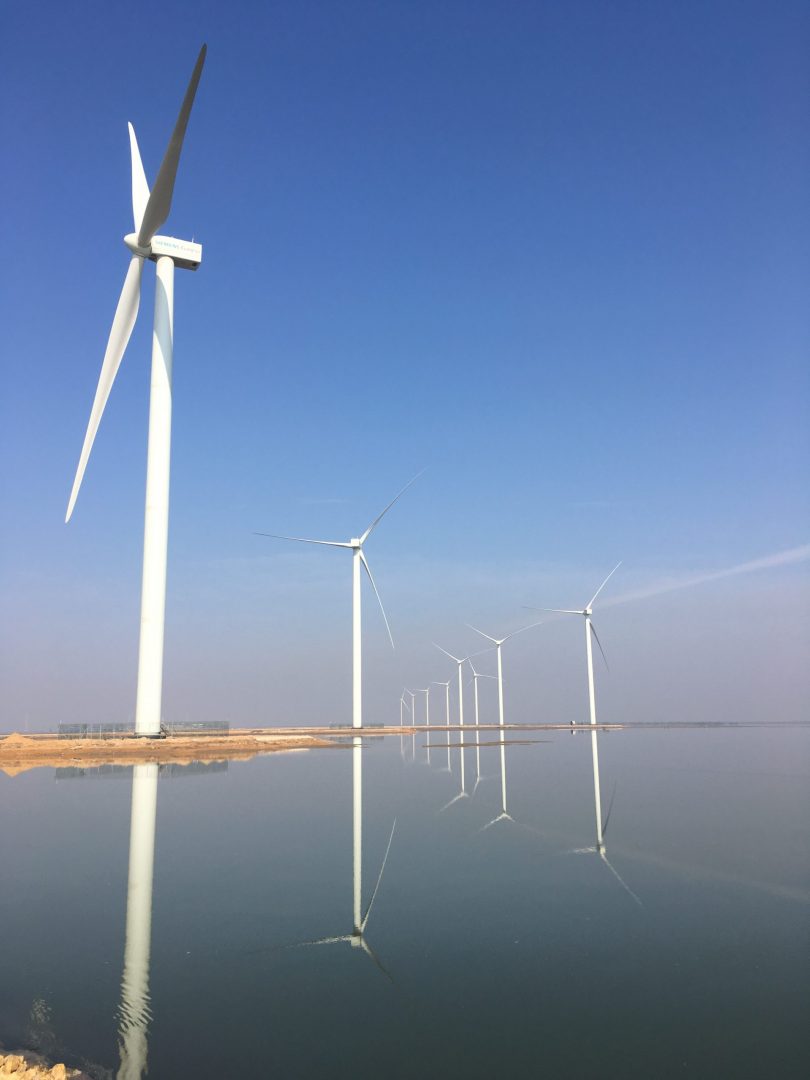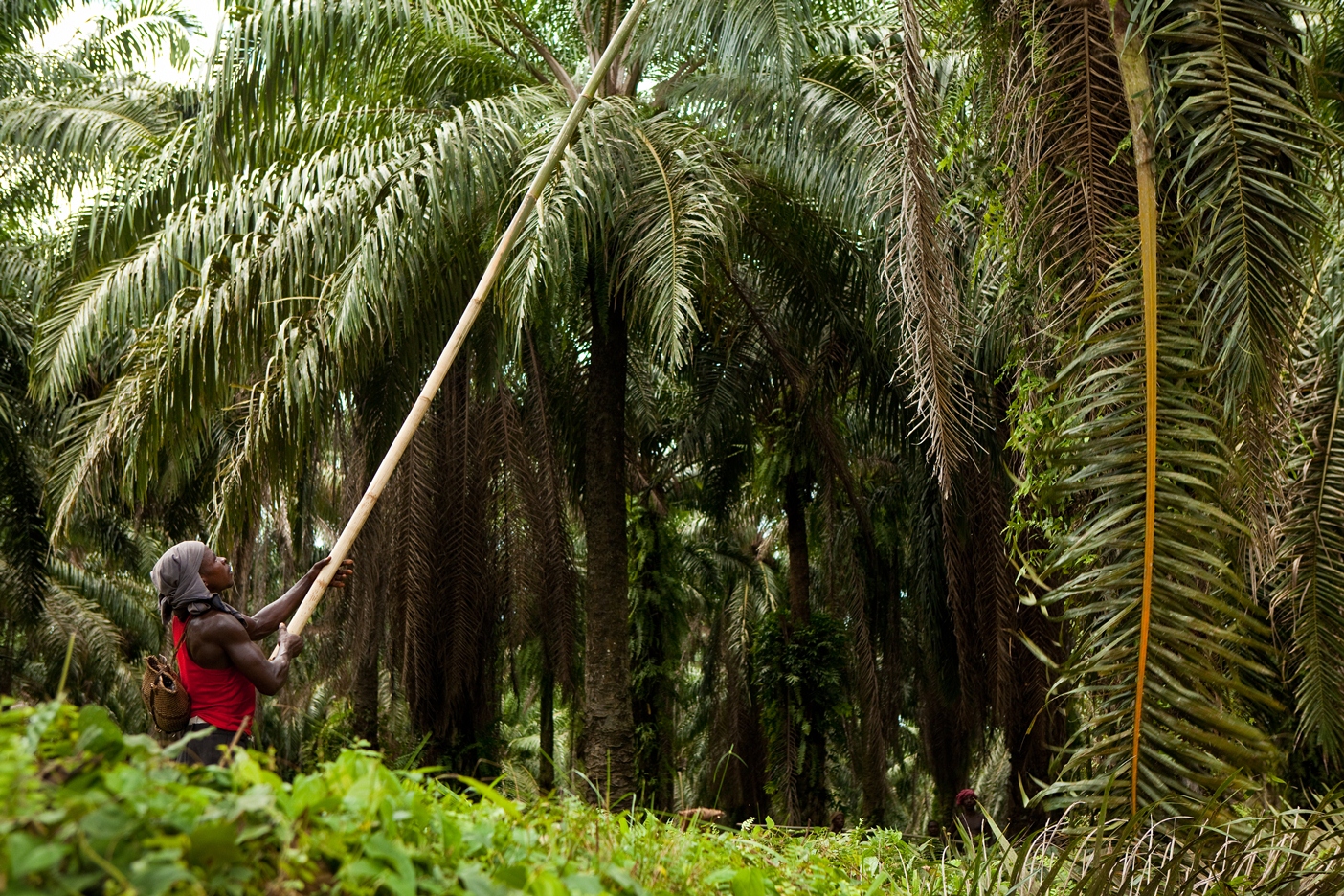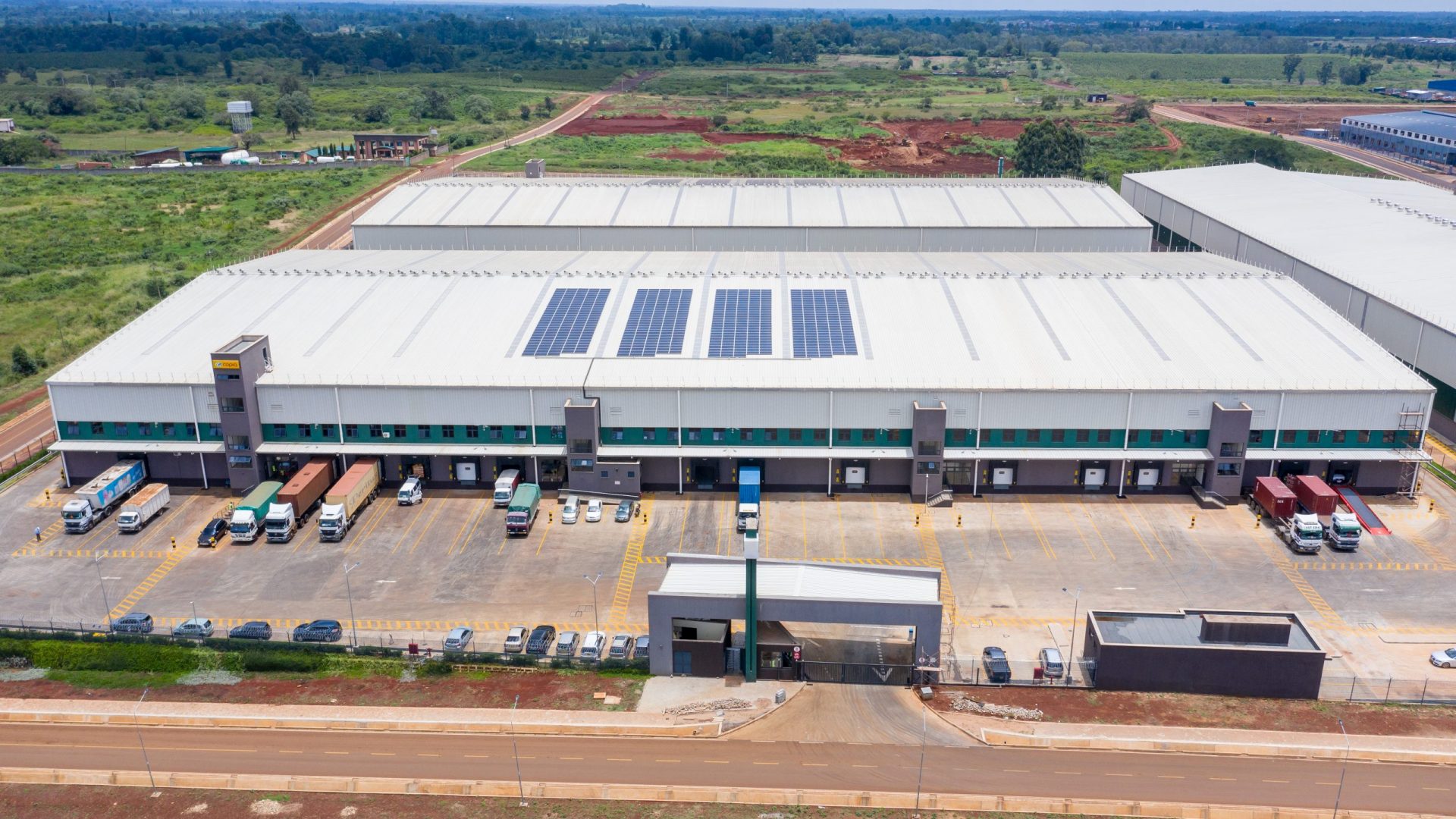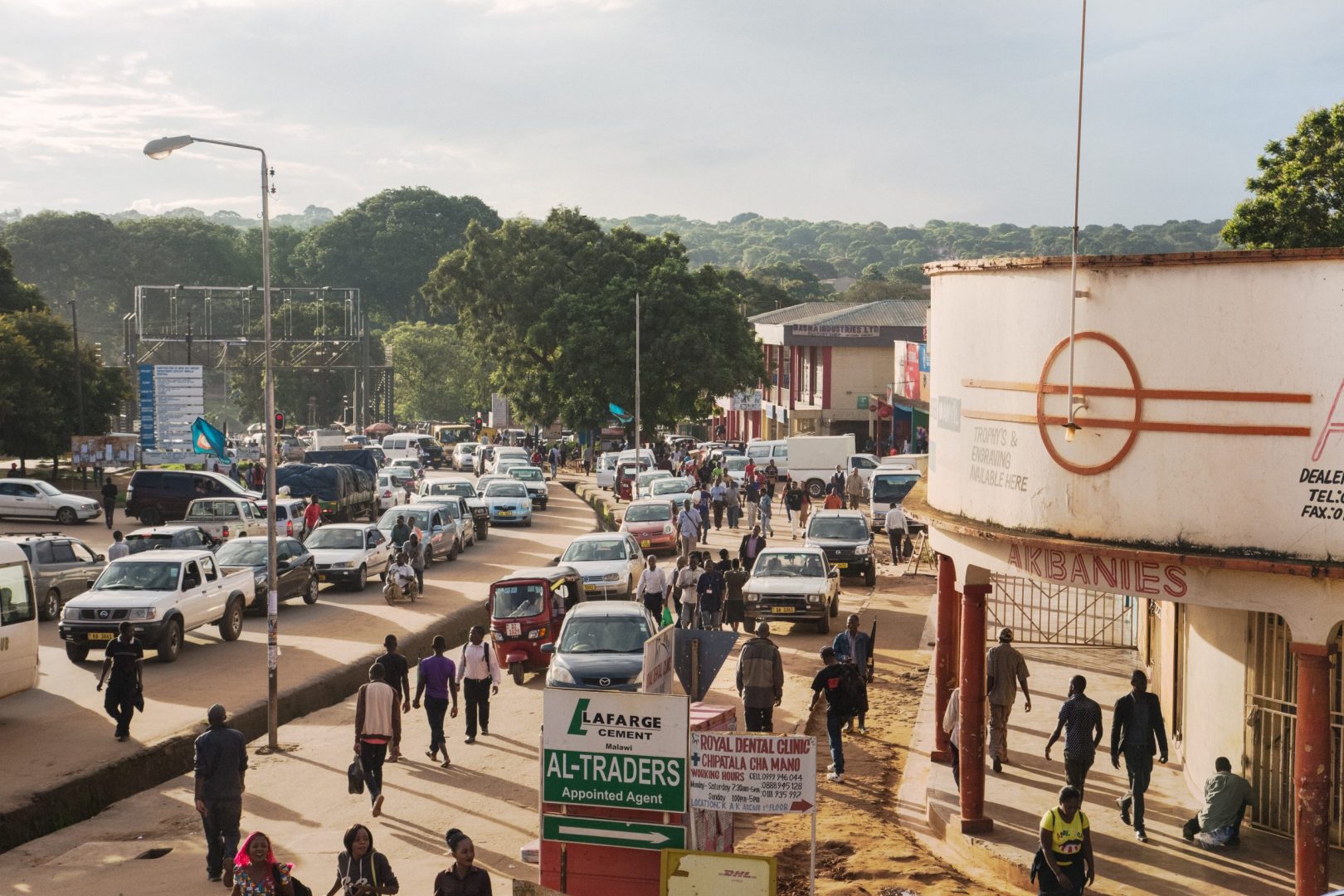Nature-based climate solutions offer investable ways to drive carbon capture, biodiversity protection and secure the livelihoods of vulnerable communities across the globe. However, to make the most of the opportunity offered by these new frameworks are needed to rationalise and measure impact.
Last month the Earth Security Group hosted a webinar: ‘Financing blue carbon: What pathways to mobilise global capital?‘. The discussion covered innovative financing models for coastal nature-based solutions and practical insights from the Livelihood Venture’s Carbon Funds, HSBC Australia’s Blue Carbon programme, IUCN’s Blue Natural Capital Financing Facility, AXA XL’s Ocean Risk Initiative and The Nature Conservancy’s Blue Bonds programme. You can access the video recording here.
The webinar was part of Earth Security Group’s global programme, which explores private sector models and strategies to invest in global resilience and sustainability. The mission is to build a business case and expand the investment pathways to invest in nature-based resilience. The group is partnering with global banks and investors in order to bring financial sector expertise to the table.
This year the focus is on ‘blue carbon’ and the power of coastal ecosystems to provide a natural path for climate mitigation, adaptation and local livelihoods.
Up to 55 per cent of biological carbon is captured by marine ecosystems; mangrove forests can store up to four times as much carbon as land-based forests, 40 per cent faster. Blue carbon accounts for the largest carbon reserve globally, but it is at risk. Coastal and ocean ecosystems are being lost 400 times faster than tropical forests. Coastal ecosystems should be also seen as a ‘natural infrastructure’ for climate adaptation. For example, mangroves and coral reefs can be fifty times more cost-effective than building a seawall. However, a lack of attention to these benefits means that these systems are being lost at an alarming speed. Between 1980 and 2005, 35,000 square kilometers of mangroves were removed globally.[i]
Funded through our technical assistance facility CDC Plus, we are currently collaborating with Earth Security Group to produce a deep-dive case study on the mangrove restoration project which we have been driving together with the Zephyr Power team at their wind farm asset in Gharo, Pakistan.
This case study will explore the economic value components of such an intervention through a private investor lens. It aims to assist other investors to understand the case for investing in nature-based solutions, particularly in coastal environments, and integrate these parameters in their investments in areas such as infrastructure, agriculture, energy or real estate development.
You can find more information on Zephyr in our recently published case study here.
The next event by Earth Security Group will take place in September, in the run up to the publication of their report and findings by December. The September event will explore different investment concepts, financing mechanisms and partnerships that can help to scale private sector capital for blue carbon and coastal resilience. CDC will have a platform to present the ongoing work in relation to the mangrove restoration project with Zephyr Power Limited.
[i] Unesco – http://www.unesco.org/new/en/natural-sciences/ioc-oceans/focus-areas/rio-20-ocean/blueprint-for-the-future-we-want/marine-biodiversity/facts-and-figures-on-marine-biodiversity/











